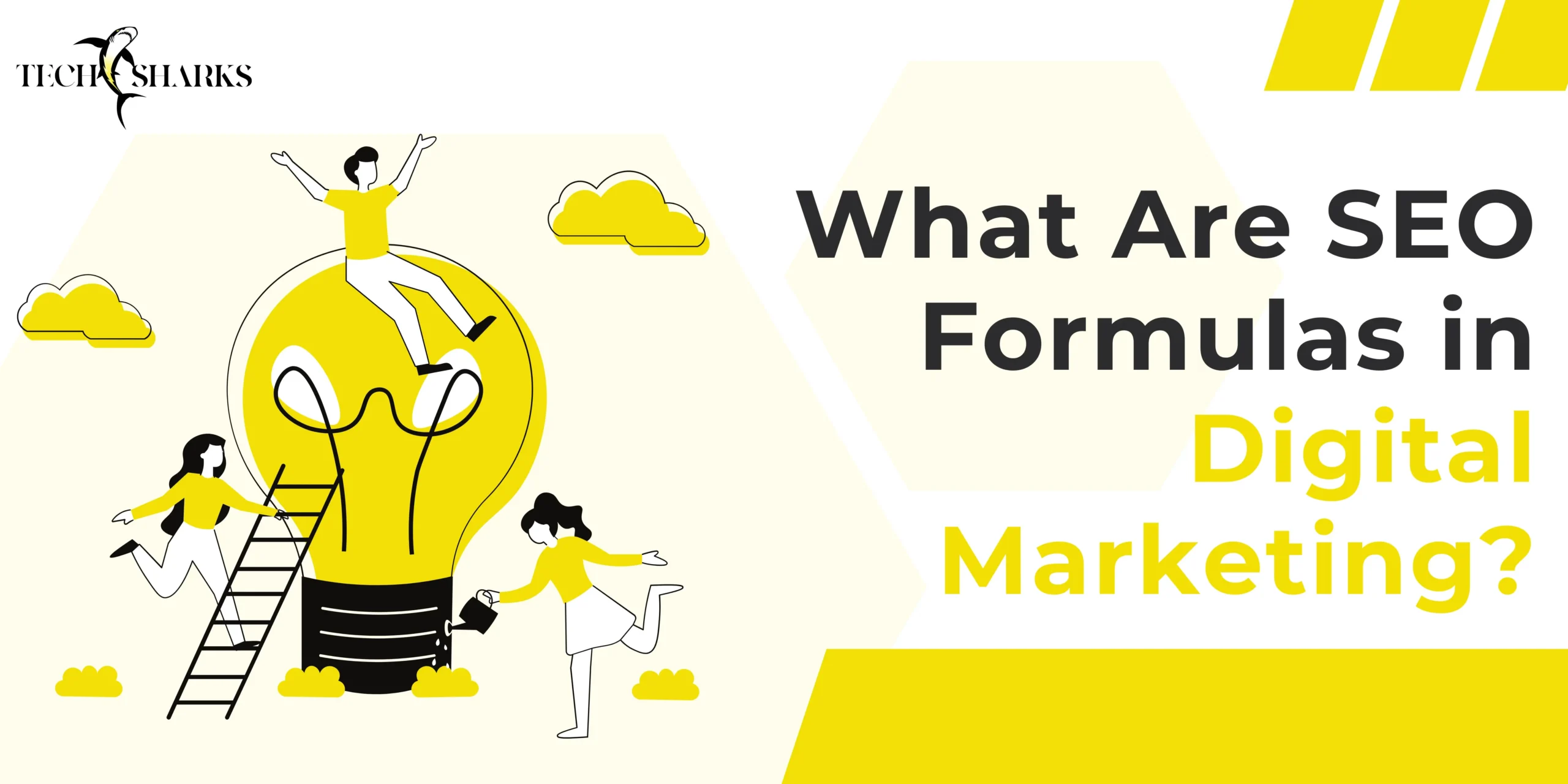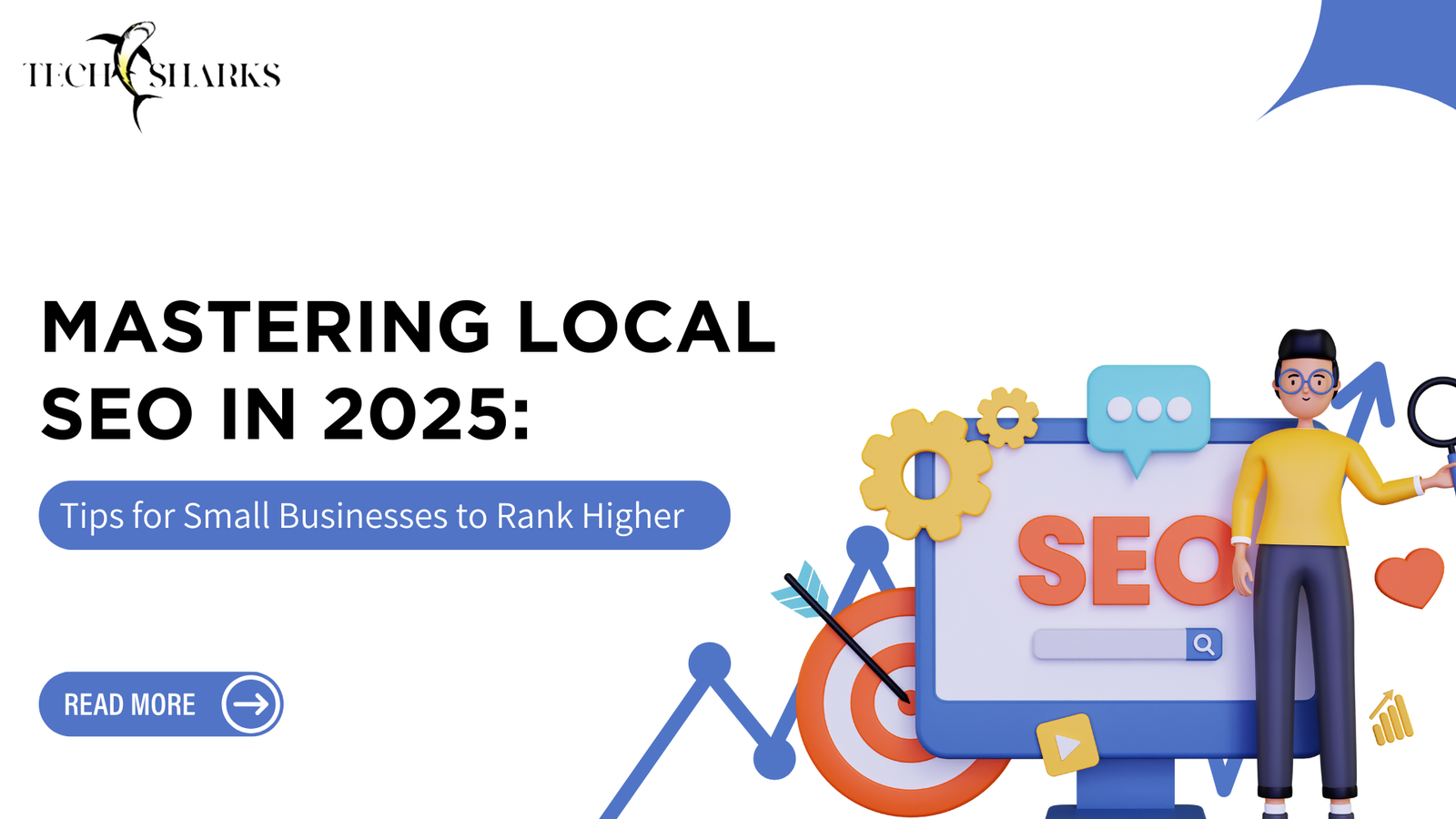In 2025, Google Performance Max isn’t just a campaign type—it’s the backbone of many brands’ paid advertising strategies. As Google continues to automate and consolidate its ad solutions, Performance Max (PMax) is evolving rapidly, offering powerful opportunities but also posing challenges for marketers trying to control and measure their campaigns.
If you’re wondering how to fully harness Google Performance Max 2025, this guide walks you through what’s changed, how to optimize for performance, and how to ensure your strategy delivers ROI—not just impressions.
What is Google Performance Max (PMax)?
Launched in late 2021 and refined year after year, Performance Max is a goal-based campaign type that allows advertisers to access all of Google’s inventory—Search, YouTube, Display, Discover, Gmail, and Maps—from a single campaign.
With Google Performance Max 2025, the platform uses even more advanced AI to:
- Automate bidding and budget allocation
- Create and test creative assets dynamically
- Optimize across channels based on your conversion goals
The promise? Less manual work and more performance. But getting there requires smart inputs and oversight.
What’s New in Google Performance Max 2025?
1. Enhanced Audience Signals
This year, audience signals have taken center stage. Google now integrates deeper behavioral insights, allowing you to define ideal personas more clearly. But it’s still a black box—feeding it the right data matters more than ever.
2. Asset Group Intelligence
You can now track performance by asset group more transparently, thanks to granular reporting on visuals, headlines, and video assets. This helps marketers know which combinations drive the best results.
3. AI-Generated Assets (with Guardrails)
Google’s AI can now create headlines, images, and video assets from your existing landing pages. While useful, you’ll still need human review to maintain brand integrity and messaging clarity.
4. Profitability-Focused Bidding
With first-party data integrations and deeper conversion value rules, Google Performance Max 2025 lets you optimize not just for conversions—but for revenue or margin. This makes PMax more aligned with real business goals.
Common Challenges with Performance Max
Despite all its advantages, many marketers still struggle with:
- Lack of control over placements and keywords
- Limited visibility into search queries
- Difficulty isolating what’s actually working
This is where strategy and data hygiene become critical.
How to Optimize Google Performance Max Campaigns in 2025
Here are some proven strategies to make the most of PMax:
1. Feed It Quality First-Party Data
The better your audience signals, the smarter Google’s machine learning becomes. Integrate CRM data, purchase behavior, and website actions to guide the algorithm.
2. Break Campaigns by Objective or Category
Instead of lumping all products into one campaign, create separate Performance Max campaigns by product category, margin level, or customer journey stage.
3. Add Clear Creative Directions
Google allows AI-generated assets, but your custom headlines, videos, and product imagery should guide brand voice and clarity. Quality assets = quality performance.
4. Use Exclusions Smartly
Exclude low-margin products or customer lists that don’t convert well. This helps focus the algorithm on your high-value audiences and actions.
5. Layer Conversion Value Rules
Assign values based on product margins or customer LTV. This tells Google what matters most to your business—not just what converts.
How TechSharks Helps Brands Master Performance Max
At TechSharks, we’ve worked with multiple D2C brands, B2B companies, and local businesses to get the most from Google Performance Max 2025—not by just launching campaigns, but by optimizing the inputs that drive real results.
Here’s how we help:
- First-party data setup and audience building to fuel better AI targeting
- Advanced asset group creation to test and scale high-performing creatives
- Weekly reporting dashboards with asset-level insights
- Conversion value mapping to align bidding with business goals
- Cross-platform strategy to ensure PMax complements your Search and YouTube campaigns
Our approach blends automation with human intelligence—because while PMax is smart, it’s only as good as the strategy behind it.
Final Thoughts
Google Performance Max 2025 has the potential to supercharge your ad performance—if you know how to use it. The platform is evolving toward automation, but that doesn’t mean marketers are off the hook. You still need the right data, structure, and creative strategy to make it work for you.
If you’re overwhelmed by where to begin or not seeing the ROI you expected, TechSharks is here to help you turn your Performance Max investment into real business growth.
Ready to take your PMax strategy to the next level?
Let TechSharks build and manage your campaigns for smarter targeting, stronger conversions, and scalable growth.




